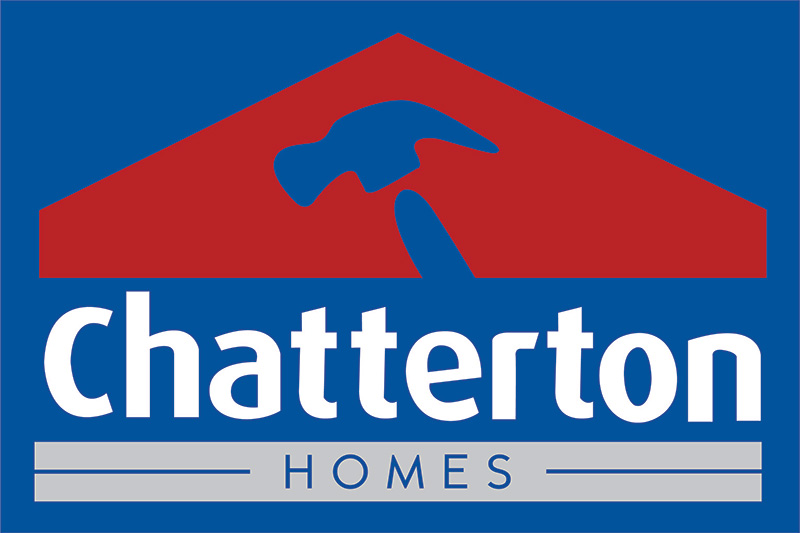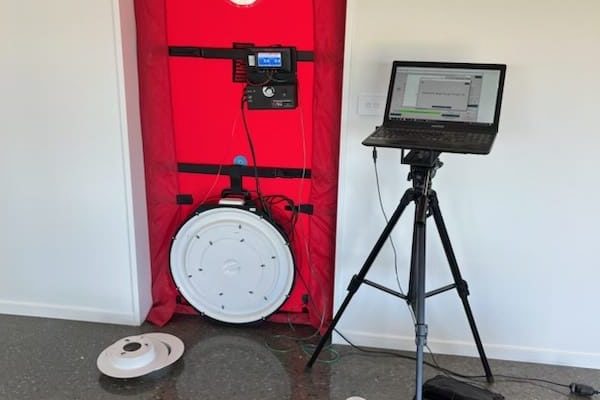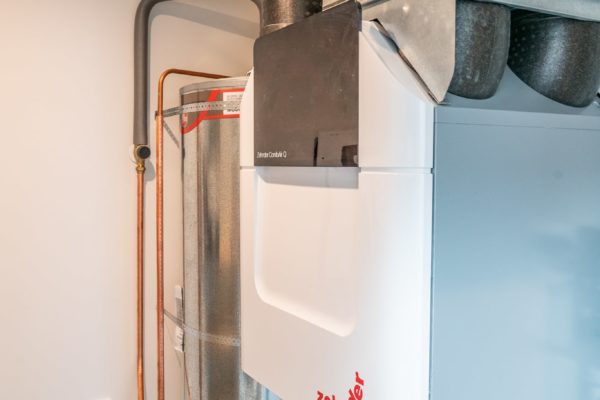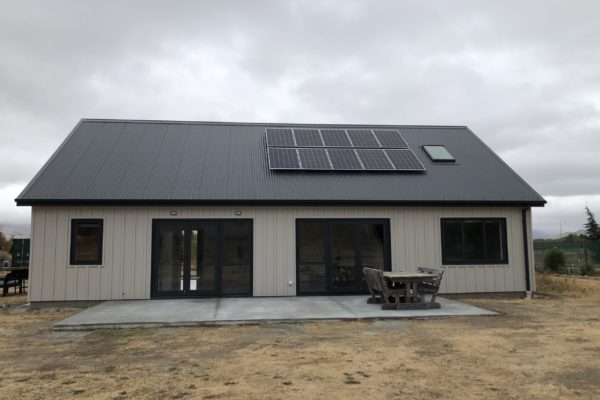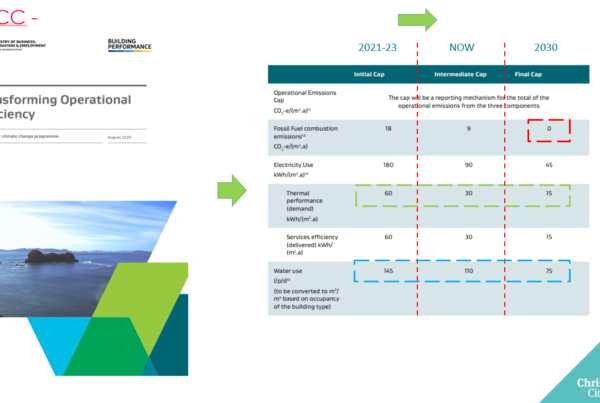The Government has announced proposed amendments to the Building Act.
This will introduce energy ratings for new buildings along with waste minimisation plans. These proposed amendments are intended to help support New Zealand’s climate change goal of reaching net zero carbon by 2050.
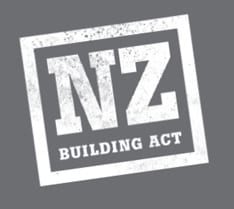
The first proposed amendment will give building owners and occupants a new tool to understand energy use and performance. This will enable assessment of current energy use and practical options to reduce this and resulting energy bills.
It will make it mandatory for new and existing public, industrial and large-scale residential buildings (such as multi-storey apartment buildings) to hold energy performance ratings. This will be phased in and may extend to other buildings in the future. The government hopes that tenant demand for buildings with low energy use will act as an incentive.
What this proposed amendment does do, is bring into the spotlight the link between a building’s energy usage, the cost to run the home or building, and carbon emissions.
What this proposed amendment does do, is bring into the spotlight the link between a building’s energy usage, the cost to run the home or building, and carbon emissions.
Whilst global warming and reducing carbon emissions remain a moral obligation on society, it is hard to mandate for this reason alone at a time when communities are already struggling with the rising cost of living and affordability. However, the ability to save on power and lower ongoing power bills is something that will provide an immediate benefit to homeowners and by default will reduce our carbon emissions.
Investors should still seek to undertake low energy projects, whether commercial or residential, as demand for ongoing power savings will be an incentive for those looking to buy or rent. For homeowners looking to build for their families, achieving a low energy home is a good investment for ongoing running costs and future value/on-sell, as well as having the ability to contribute to sustainability and reducing carbon emissions.
So, energy ratings remain a choice for most homeowners but for those who want to invest in energy saving and sustainability, there are many tools to assist in designing and building a low energy home.
The passive house planning package (PHPP) allows you to see how a house design is likely to perform and estimate the energy demands of that home. A certified passive house goes further – it has very strict performance criteria and it must be verified.
Alternatively, a non-certified passive house or a +6 Homestar rating will also ensure your home meets certain standards, including energy use. A low energy non-certified passive house will easily meet Homestar 7, combining the two methodologies.
